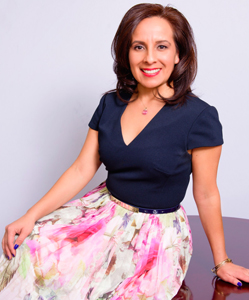Writing a non-fiction book is different than writing a fiction novel of sorts. Although there are some commonalities, there are a lot of differences in how data is captured, disseminated and organized for non-fiction versus fiction. There are techniques to determining the differences between what is fact, truth, opinion or wisdom. There are different methods to persuading an audience, providing instruction to people, just reporting information, or explaining and discussing material. It is vital to understand the importance of questions that have to be asked (of yourself or others) to get to the right information needed. The questions can be open-ended, closed, philosophical, specific, rhetorical or just general. The next step is to accurately interpret the data collected and to put it in the right perspective for the subject that has been chosen.
Once you have captured the appropriate data that you believe is needed, it’s important to choose the right style of writing for your audience for the message you are trying to get across. For instance, readers will be influenced by the tones you use in your writing, the choices you make of verbs-adverbs-adjectives, the slogans incorporated into your writing, the embedded suggestions used or how you generalize the information overall. It is all these techniques that have to be thought about and are necessary before embarking on your non-fiction book that will either make you successful or not.
For example, if you write an argument you’ll have to decide how to prepare it, what techniques will be used to persuade your audience, what data will be most effective, is the thinking logical and strong or is controversial, etc. If you write material for informational purposes only how will that data be structured? Will it be done as a general guide or will it be a step-by-step instruction manual? Will the information be captured with text, with illustrations or both?
As you can see, there are many decisions as you begin to tackle your non-fiction project that need to be well-thought out for the venture to be successful. It’s really all about just knowing what you want to do and then just doing it. There is no exact science to producing a great non-fiction work of art but there are guidelines in how to best set up your material so that it captures your written work in the best light possible.
A few commonalities with fiction are that grammar, spelling and punctuation are just as important for non-fiction. For both fiction and non-fiction, knowing your word count and the amounts necessary for publication is important. Again, it’s essential to learn the “spoon-feed” technique of disclosing information so that the reader doesn’t become overwhelmed with too much information. It is important to always put yourself in the reader’s role when editing as this will give you their point-of-view and therefore assumptions will be avoided.





